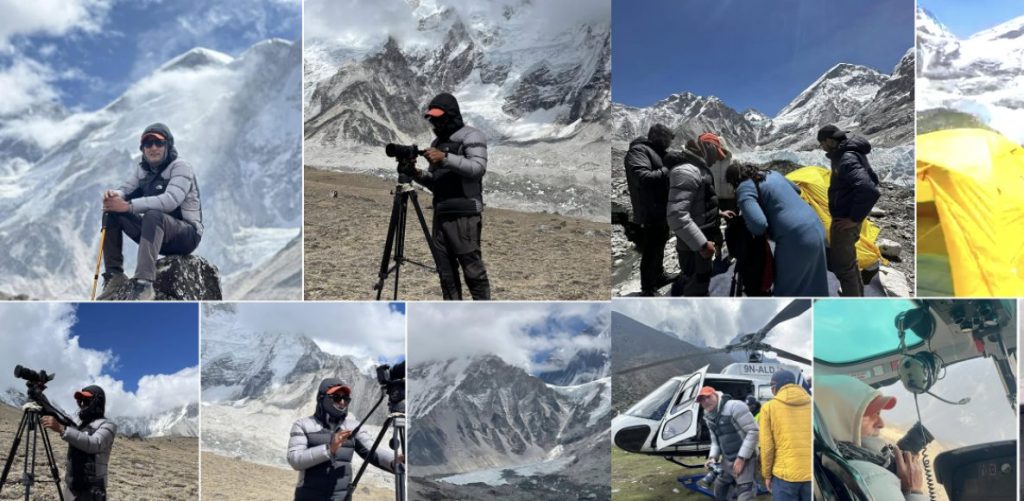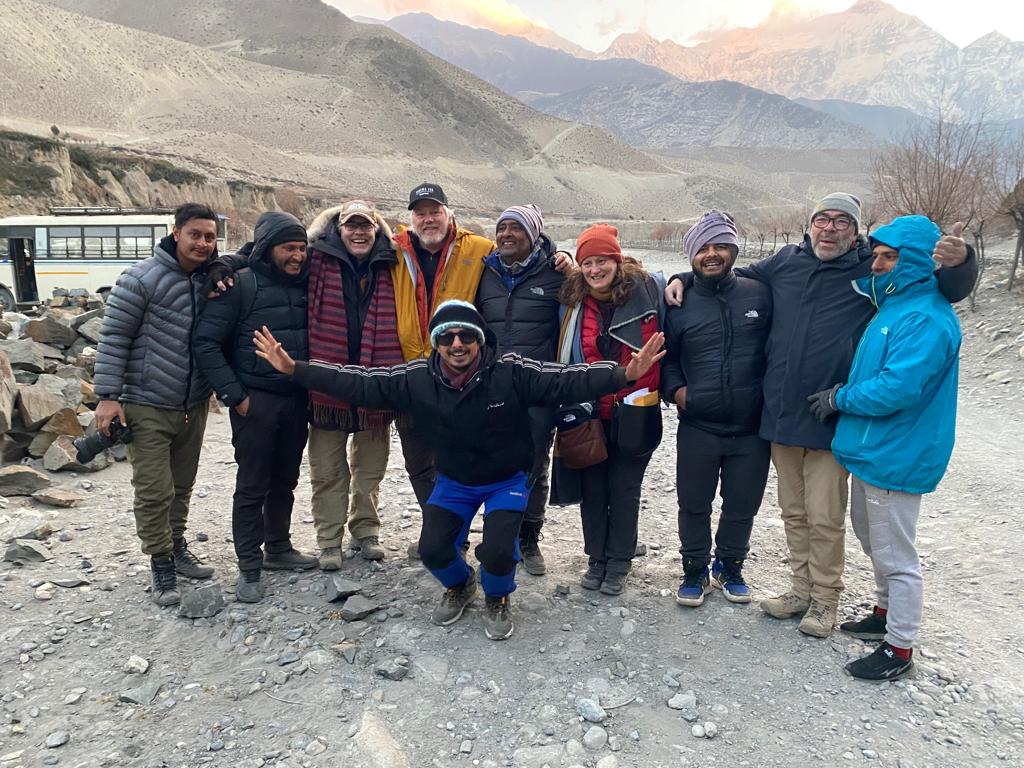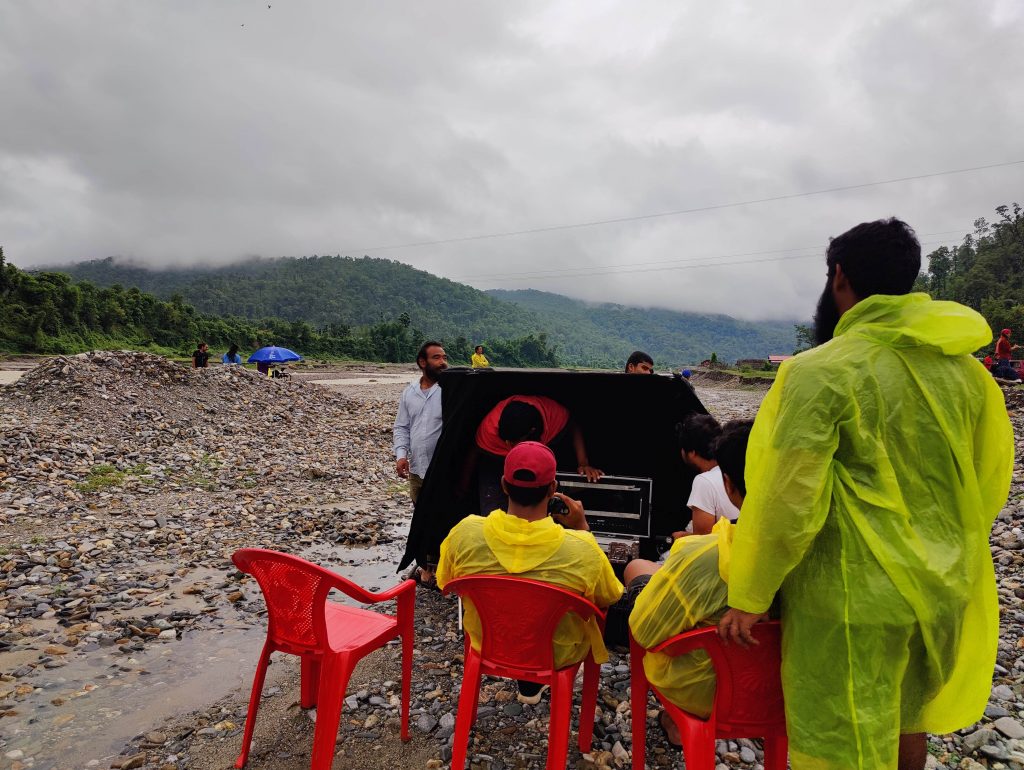Filming in Mustang, Nepal, offers a breathtaking backdrop of rugged terrain, ancient monasteries, and unique cultural heritage. Here’s a guide on how to approach filming in Mustang:
- Permits and Permissions:
Obtain the necessary permits and permissions for filming in Mustang. This may include permits from local authorities, the Annapurna Conservation Area Project (ACAP), and the Department of Archaeology. Consult with local film commissions or production companies to navigate the permitting process efficiently.
- Location Scouting:
Explore Mustang’s diverse landscapes, including the high desert terrain of Upper Mustang and the lush valleys of Lower Mustang, to find the perfect locations for your film. Consider iconic sites such as Lo Manthang, Muktinath Temple, and the ancient caves of Chhoser.
- Logistics and Transportation:
Plan for transportation and logistics within Mustang, considering the region’s remote and rugged terrain. Arrange for transportation of equipment, crew, and talent to filming locations, and secure accommodations and catering services in advance.
- Cultural Sensitivity:
Respect the local customs, traditions, and religious practices of Mustang’s Tibetan Buddhist communities. Seek permission before filming in sacred sites or sensitive areas, and be mindful of cultural sensitivities when interacting with locals.
- Weather Considerations:
Be prepared for Mustang’s extreme weather conditions, which can include high winds, dust storms, and temperature fluctuations. Have contingency plans in place for filming during different seasons and be aware of monsoon rains that can affect accessibility to certain areas.
- Crew and Talent:
Hire a diverse and experienced crew, including cinematographers, camera operators, sound technicians, and production assistants who are familiar with filming in remote environments. Consider hiring local talent and crew members who can provide valuable insights and connections.
- Equipment:
Use rugged and durable filming equipment that can withstand the harsh conditions of Mustang’s terrain. Consider the need for stabilizers, drones, and specialized gear to capture stunning footage in remote and challenging locations.
- Safety and Security:
Prioritize the safety and security of your crew and equipment while filming in Mustang. Be aware of potential risks such as altitude sickness, landslides, and unpredictable weather, and take precautions to mitigate these risks accordingly.
- Environmental Considerations:
Minimize your environmental impact while filming in Mustang by reducing waste, conserving resources, and respecting the local ecosystem. Adhere to regulations regarding waste disposal and conservation efforts.
- Documentation:
Keep thorough records of permits, contracts, and agreements related to your filming activities in Mustang. Document expenses, logistics, and safety procedures for reference and compliance purposes.
By carefully planning and preparing for the unique challenges and opportunities of filming in Mustang, you can capture the region’s natural beauty, cultural richness, and spiritual significance while ensuring a smooth and successful production process.





